
Cardiac arrest must be differentiated from a heart attack. Cardiac arrest is usually a result of an electrical disturbance in the heart that can interrupt the pumping of the organ, causing a lack of blood flow to the rest of the body. A heart attack occurs when blood flow to a part of the heart is interrupted. This can occasionally lead to cardiac arrest. Cardiac arrest should be considered a serious, life-threatening event and medical treatment should be sought or performed immediately.
Prevention
In order to prevent cardiac arrest, you should adopt a holistic approach to health with a particular focus on keeping the heart healthy. You need to eat a nutritious, balanced diet, perform regular exercise and if possible, do not smoke or consume alcohol. If you do actually have a condition or disease that could lead to heart attack or cardiac arrest, you may be prescribed medications to lower your cholesterol levels. Alternatively, for those vulnerable to heart disease, anti-arrythmic drugs or an implantable cardioverter-defibrillator may be recommended. Some people may also wish to purchase an external defibrillator for home use as further protection. Training in CPR is necessary for those who live with someone vulnerable to cardiac arrest.
CPR
CPR aims to maintain a flow of blood to the vital organs. This treatment can save lives, but should only be used as an intermediary until more advanced medical care is available.
For those without CPR training, should one be in the presence of someone who has collapsed because of possible cardiac arrest, seek immediate help by calling the emergency services. First check if the person is unconscious - tap or shake them and loudly ask them if they can hear you. If two people are present, one should call the emergency service while the other administers CPR. If you don’t know CPR and the person is not breathing regularly, begin pushing hard and fast on his or her chest. Try to apply this pressure about one hundred times per minute - allow the chest to expand fully each time you release the pressure. Do this until a defibrillator or emergency personnel are available. The method that should be employed when applying pressure is as follows: put the heel of one hand in the centre of the chest and place the other hand on top. Straighten your elbows and use your upper body to push down on the chest. It may be necessary to use just one hand in the case of a child.
Should a defibrillator be immediately available for use, apply the usage of the device before performing CPR.
For those who have received some CPR training, you should pause after every 30 compressions, using this time to tilt back the head and lift up the victim’s chin. Check for breathing (do not do this for more than ten seconds). If there is no breath, administer two rescue breaths. To do this, pinch shut the nostrils before giving the first breath - if the chest rises, give another breath. Should the chest fail to rise, once more tilt the head back and raise the chin before administering the second breath.
Continue with CPR until the victim regains consciousness and is breathing normally.


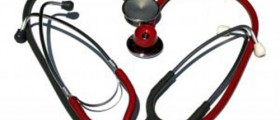
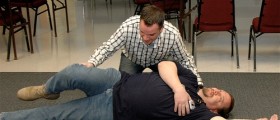


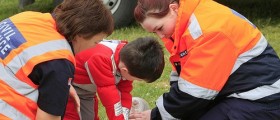
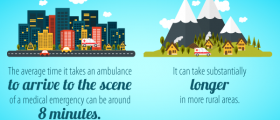





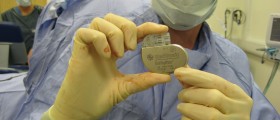

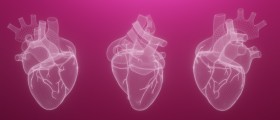

Your thoughts on this
Loading...